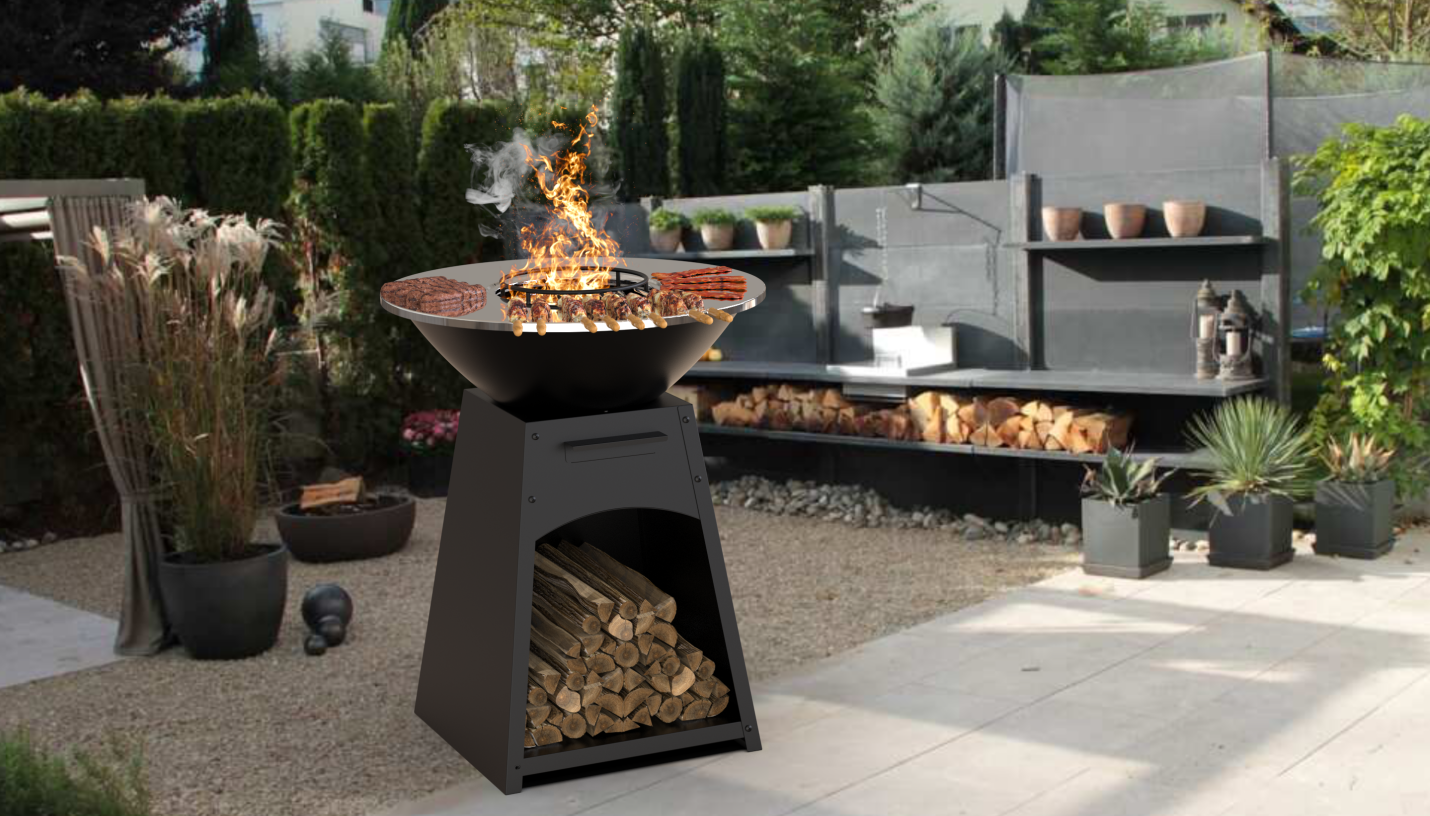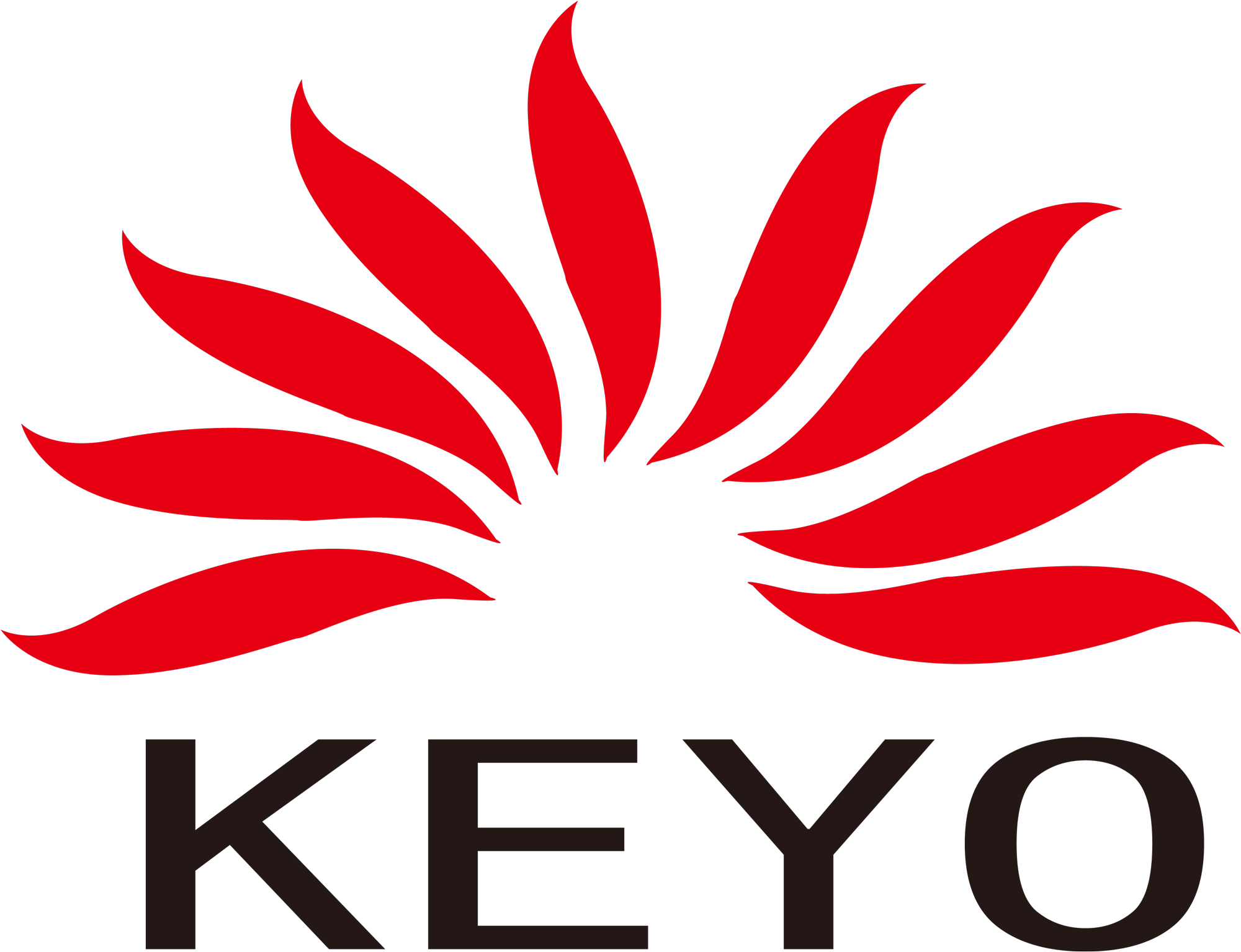The Rise of Modern Cooktops: Grill Plancha vs. Traditional Tools
Trendy cooking systems like grill plancha and plancha barbeque are revolutionizing both commercial kitchens and home setups, often replacing conventional grills and even round fire pit cooking methods. While these high-heat appliances share similarities with griddles, their unique benefits—such as precision temperature control and multitasking capabilities—warrant a deeper exploration.
Key Differences Between Griddles and Planchas
Most flat grills and griddles rely on thermostatic controls, using sensors to maintain consistent temperatures. In contrast, traditional plancha barbeque systems prioritize manual heat adjustments, allowing chefs to achieve extreme temperatures (550°F–700°F) unmatched by standard griddles. The grill plancha’s surface typically features a 5⁄8- or 3⁄4-inch steel plate—slightly thinner than 1-inch griddles—though cast iron variants exist. However, cast iron requires meticulous maintenance (seasoning, rust prevention), making stainless steel plancha barbeque models more popular in high-volume kitchens.
Unlike the radiant heat of a round fire pit, which distributes warmth unevenly through open flames, the grill plancha concentrates heat directly beneath its thick metal plate. This creates a steep thermal gradient, enabling rapid searing at the center and gentle warming at the edges—a feature impossible with flat griddles or round fire pit setups.
Origins of the Plancha and Its Evolution
The term “grill plancha” derives from Spanish and French roots (plancha meaning “plate,” planche meaning “board”), reflecting its design as a high-temperature cooking surface. Early plancha barbeque models mimicked raised, grooved boards for grease drainage, but modern iterations—like modular 12- or 14-inch zone-based systems—allow independent temperature control across sections. Patented thermal breaks minimize heat transfer between zones, enabling simultaneous cooking at 650°F and 350°F on the same grill plancha.
This precision contrasts sharply with round fire pit cooking, where heat fluctuates based on ember placement and airflow. For example, while a round fire pit excels at slow-smoked meats, the plancha barbeque dominates in speed-centric environments like catering kitchens, where proteins and vegetables require quick searing without sacrificing tenderness.
Culinary Flexibility: Plancha vs. Griddles and Grills
A grill plancha transcends basic searing. The grill plancha supports grilling, frying, simmering, and even steam cooking—versatility unmatched by griddles or round fire pit setups. Chefs can sear scallops at 700°F on one zone while gently reheating sauces at 300°F on another, all within the same appliance.
The plancha barbeque’s ultra-high heat also triggers the Leidenfrost effect: liquids hitting the surface vaporize instantly, creating an insulating layer that prevents food from sticking. This phenomenon ensures even caramelization and crust formation, a stark contrast to traditional grills or round fire pit cooking, where hotspots and flare-ups demand constant food rotation.
Maintenance and Practical Applications
Both grill plancha and griddle systems include grease trays for easy cleanup, but the plancha barbeque’s smooth steel surface simplifies degreasing with basic dish soap—a critical advantage in hygiene-focused commercial kitchens. Meanwhile, round fire pit maintenance involves ash removal and log management, making it less practical for daily use.
In high-volume settings, the grill plancha outperforms griddles and round fire pit setups by eliminating “recovery time.” As one manufacturer notes: “Choosing a plancha barbeque is like upgrading from a 4-cylinder to an 8-cylinder engine—it handles continuous cooking without losing heat.”
Why This Combo Works So Well
The grill plancha handles 90% of our cooking needs. The plancha barbeque gives me options when I want that classic grilled flavor. And the round fire pit? That's where the magic happens after the meal. Together, they've turned our ordinary backyard into the place where friends and family actually want to hang out.
Last month, my neighbor asked why everyone always ends up at our place. I just smiled and pointed to the grill plancha still warm from dinner, the plancha barbeque ready for next time, and the round fire pit crackling with fresh logs. "This," I said, "is why."
What I've Learned About Outdoor Cooking
The grill plancha is perfect for foods you'd normally cook indoors - I've made everything from grilled cheese to stir fry outside now
Two-zone cooking is everything - Being able to sear on high heat then move food to a cooler spot on the grill plancha makes me look like a pro
Round Fire pits aren't just for ambiance - I regularly use ours for keeping food warm, making s'mores, or even slow-cooking beans in a Dutch oven
Final Thoughts
While round fire pit traditions endure for smoky flavor enthusiasts, the grill plancha and plancha barbeque represent the future of precision cooking. Their ability to merge high-heat searing with multitasking flexibility positions them as indispensable tools for modern chefs—whether in bustling restaurants or adventurous home kitchens. Round fire pit can be also as a grill plancha which is a great idea to make them together to work.

